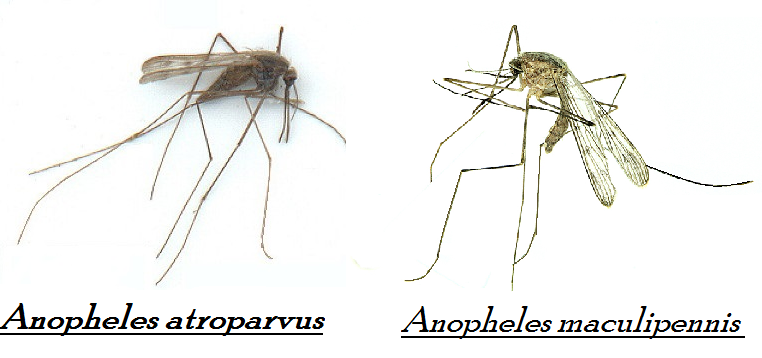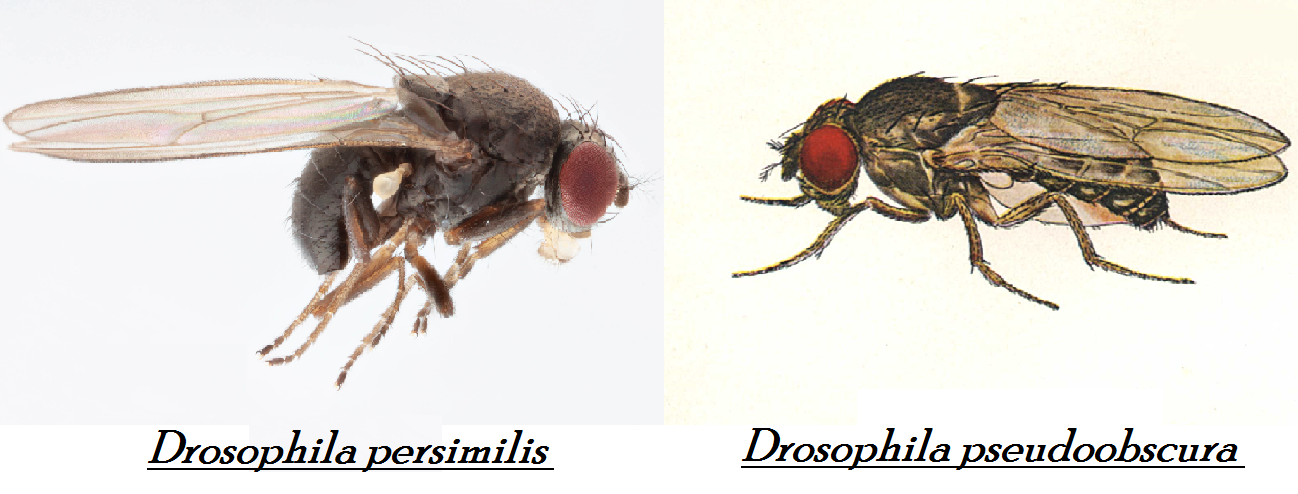Definition of Sibling Species / Concept of Sibling Species
Sibling species (aphanic species) species are very similar in appearance, behaviour and in other characteristics, but they are reproductively isolated. In other words, sibling species are pairs or groups of genetically closely related species which are often morphologically indistinguishable, but are reproductively isolated, meaning that while they may interbreed, the offspring cannot reproduce.
Sibling species may arise as a result of allopatric speciation through geographic isolation, parapatric speciation or sympatric speciation. The important thing is note is that sibling species are in fact separate biological species. The biological species concept, proposed by Ernst Mayer in 1942 emphasizes reproductive isolation as the basis of defining a species. The definition states “A species is defined as a population or group of populations whose members have the potential to interbreed with one another in nature and to produce viable offspring, but cannot produce viable fertile offspring with members of other species.” Mayer, a proponent of allopatric populations cause negative epitasis in hybrids, resulting in sterility of the offspring.cvv species.
Importance of sibling species/significance of sibling species:
The discovery of sibling species is possible because they may differ in various ways even when they are extremely similar in the morphological characteristics that facilitate the recognition of sibling species. Precise measurements often display bimodal characteristics and they can be correlated with additional characters. Very often there are differences in the number or structure of genetically (chromosomes), a fact which has led to the recognition of sibling species in Drosophila-sciara, Chironomus ,and other dipteran insects various aspects of behaviour have perhaps led to the discovery of more sibling species than any other characteristic. Sibling species are able to exist in different niches in the same community without appreciable differentiation in those morphological characters that are used by taxonomists in their classification. Every case of sympatry among sibling species is a case where no sympatric character divergence, in the sense of derwin, has accured in taxonomically useful morphological characters.
Example of Sibling Species:
1. The malaria carrying mosquito of Europe, Anopheles maculipennis and Anopheles atroparvus are morphologically similar and have same group but they are reproductively isolated and they are enable to produce fertile hybrids.

2. Another example of sibling species is illustrated by genus Drosophila. Drosophila pseudoobscura and Drosophila persimilis are structurally similar except minor differences in wing size, genitalia and sex comb, gene arrangement.

- 8295 reads
